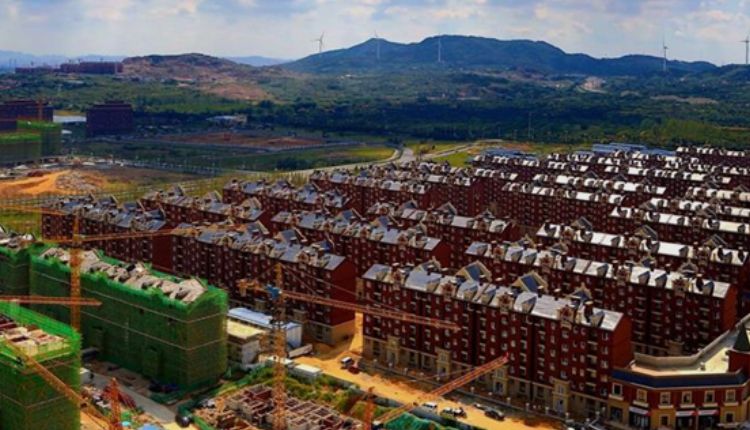The global push toward sustainability has placed building energy efficiency at the forefront of policy discussions. Buildings account for a significant portion of energy consumption and greenhouse gas (GHG) emissions—approximately 40% of energy use and 36% of emissions in the European Union . To combat this, the European Union has introduced stringent regulations under the Revised Energy Performance of Buildings Directive (EPBD), while other regions implement similar measures. This article explores these policies, the critical role of building renovations—particularly window upgrades—and how vacuum glazing is poised to transform energy efficiency in older structures.
1. The EU’s Revised Energy Performance of Buildings Directive (EPBD)
The EPBD, formally adopted by the European Council in 2024, sets ambitious targets to decarbonize the building sector. Key mandates include:
- Zero-emission new buildings by 2030, with the entire EU building stock to follow by 2050 .
- Minimum energy performance standards (MEPS)for non-residential buildings, capping annual energy use per m² .
- Renovation of the worst-performing buildings: Member states must ensure that 16% of residential buildings improve efficiency by 2030, rising to 20-22% by 2035, with at least 55% of savings coming from the 43% least efficient homes .
- Solar energy integration: New buildings, public structures, and renovated non-residential buildings must incorporate solar installations by 2028, with residential renovations following by 2032 .
- Energy performance certificates (EPCs):Buildings must display efficiency ratings from A (best) to G (worst), with residential properties required to reach E by 2030 and D by 2033 .
These measures aim to reduce energy poverty, cut emissions, and create jobs in the green construction sector.
EPBD-building energy classification urged building owners to renovate building
2. Global Building Renovation Requirements and Classification Systems
Beyond the EU, many countries enforce building renovation mandates and energy classification systems to accelerate efficiency improvements:
- Germany has over 7 million homes rated in the lowest efficiency tiers (G or H), requiring upgrades to meet EU standards.
- Norway leads in zero-emission construction, mandating 100% electric machinery for public projects by 2025.
- China is advancing passive house standards, with projects like the Qingdao Sino-German Eco-Park pioneering ultra-low-energy buildings.
These policies incentivize deep retrofits—particularly insulation, heating system upgrades, and window replacements—to meet stricter energy codes.
Qingdao Sino-German ecopark built lot of zero carbon buildings with vacuum glazing
3. Why Building Renovation Is Critical—and Why Windows Matter
3.1 The Importance of Renovation
Buildings lose 50-80% of their energy through poor insulation, air leaks, and inefficient windows . Renovations can:
Reduce heating/cooling demand by up to 60% in passive house retrofits .
Lower GHG emissions, as seen in Oslo’s Sophies Minde project, which cut 200+ tons of CO₂ by electrifying construction and reusing materials .
Increase property value: Green-certified buildings command 15% higher rents in markets like Beijing and Shanghai .
3.2 The Role of Window Upgrades
Windows are a major thermal weak point, contributing to 20-30% of energy loss. Traditional single-pane or outdated double-glazed windows perform poorly compared to modern solutions like triple-glazed windows or Vacuum glazing, which offers superior insulation with a slimmer profile.
Countryside villages has large amount of worst performance buildings need renovation
4. Vacuum Glazing: A Game-Changer for Energy-Efficient Renovations
What Makes Vacuum Glazing Superior?
Unlike conventional double or triple glazing, vacuum glazing features:
- Near-vacuum gap (0.1-0.2 mm), drastically reducing heat transfer.
- Ultra-low U-values (0.4-0.7 W/m²K), outperforming even triple-glazed units.
- Thinner and lighter, making it ideal for historic building retrofits where thick frames are impractical .
Vacuum glazing in thin and light,building owners can replace glass only to improve building performance
Economic and Environmental Benefits
Long-term savings: Despite higher upfront costs, vacuum glazing pays off via reduced energy bills.
Carbon reduction: Widespread adoption could cut building emissions by 30% .
Industry growth: China’s participation in ISO vacuum glass standards signals global market expansion .
Conclusion: The Future of Building Renovation
The EPBD and global renovation mandates are driving an unprecedented wave of energy-efficient upgrades. While insulation, solar integration, and HVAC improvements are crucial, window retrofits—especially with vacuum glazing—offer one of the highest ROI measures for cutting energy waste.
As governments tighten building codes and property owners seek green certifications, HaanGlas VIG will play a pivotal role in transforming aging structures into high-performance, low-carbon assets. The future of sustainable buildings isn’t just about new construction—it’s about reinventing the old.

